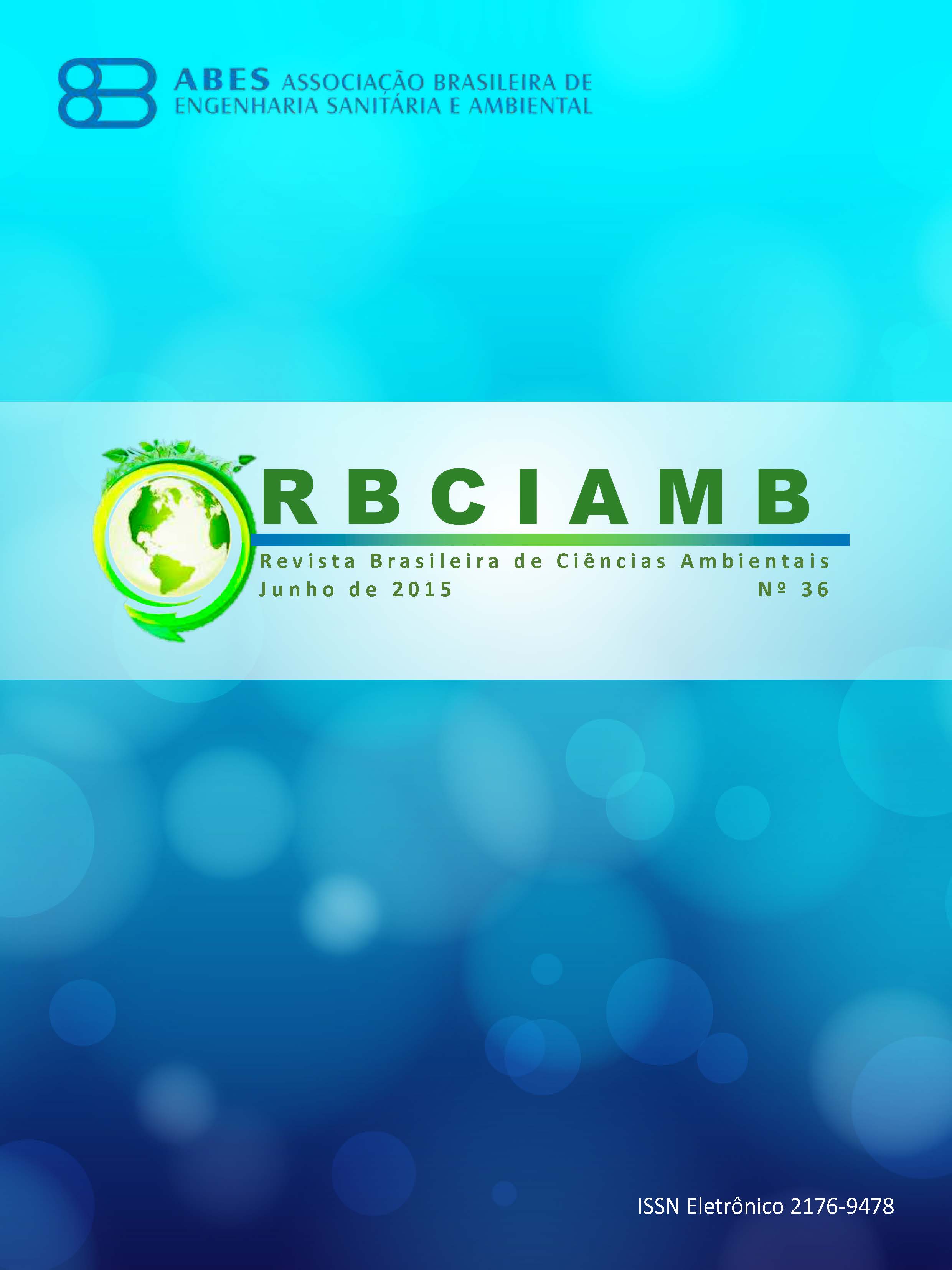ANNUAL RAINFALL VARIABILITY AND ECONOMICAL DEPENDENCY OF SMALLHOLDER AGRICULTURE IN THE SEMI-ARID NORTHEASTERN REGION OF BRAZIL
DOI:
https://doi.org/10.5327/Z2176-947820151009Keywords:
agricultural production; livestock; Pajéu River watershed; rainfall; water scarcity.Abstract
In the semi-arid region of Northeast Brazil, water resources are scarce and
rainfall often has high temporal and spatial variability. Despite regional
climate trends, no significant rainfall change could be detected by linear
regressions in the Pajeú River watershed between 1912 and 2013. This study
focused on the identification of regional impacts on agriculture in the form
of crop yields, livestock, and animal products, through the annual rainfall
variability. Yields of temporary crops were correlated to the annual rainfall
departure, whereas permanent crops were less susceptible to droughts, but
had a negative effect on the memory after the dry years. In the livestock
sector, farmers reacted to the consequences of droughts and increased
stocks of smaller animals with faster recovery rates, and also implemented
apiculture. The results show a high vulnerability of agricultural production
and regional income due to the low adaptation to local climate conditions.
Hence, agricultural practices and water management should be further
improved to fight against crucial economic depressions during droughts.
Downloads
Downloads
Published
How to Cite
Issue
Section
License
Copyright (c) 2015 Revista Brasileira de Ciências Ambientais

This work is licensed under a Creative Commons Attribution 4.0 International License.


























